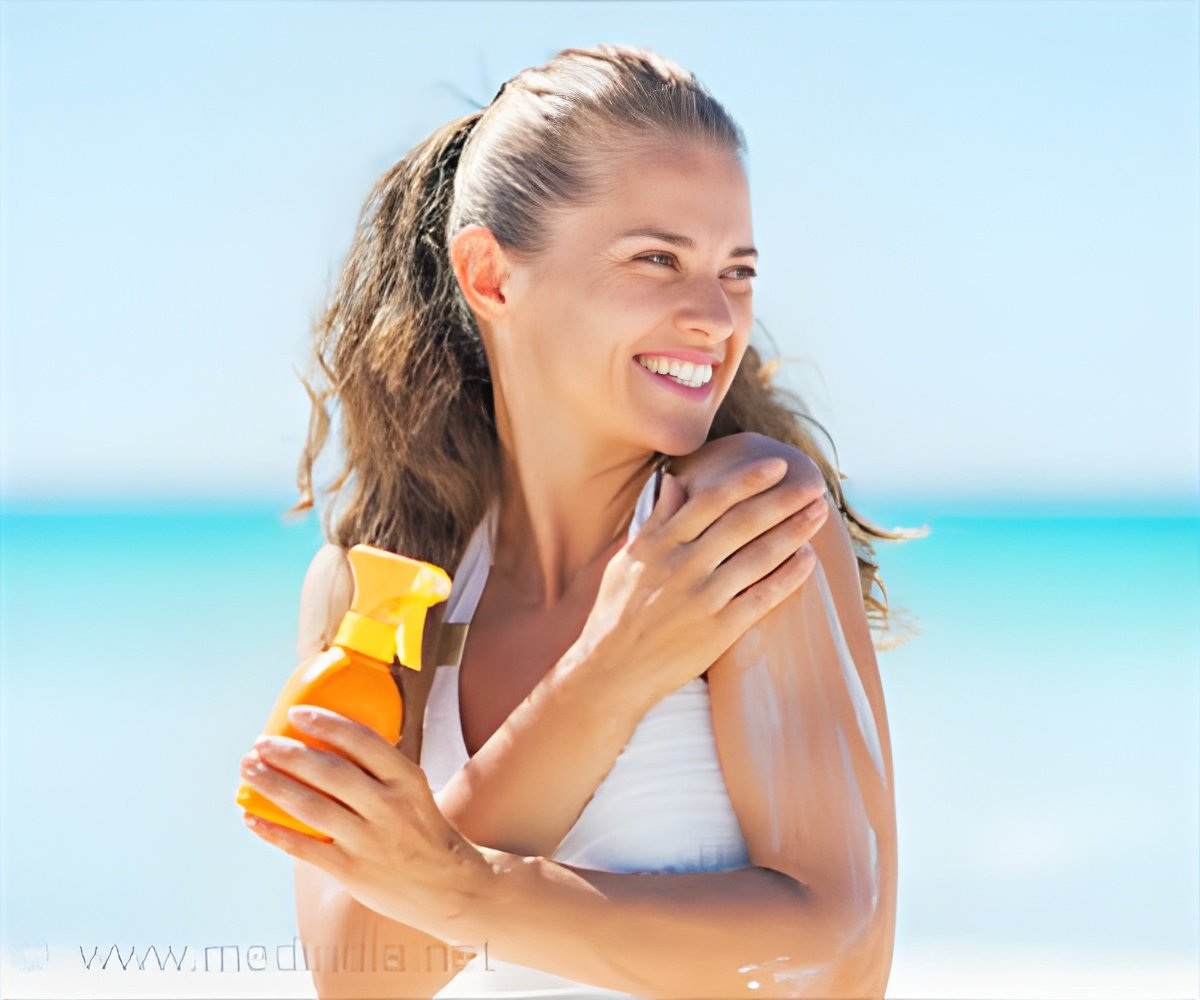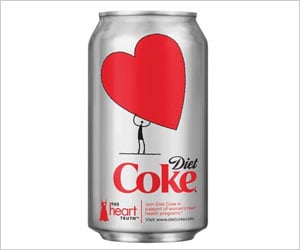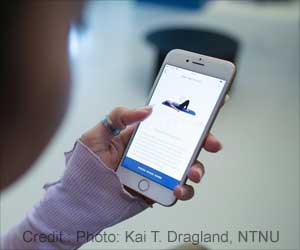Skin Cancer Awareness Month 2019: Applying sunscreen and wearing protective clothing this summer can protect your skin from the sun’s harmful ultraviolet rays, thereby reducing the risk of developing skin cancer. Here are five common sunscreen mistakes you need to avoid.

TOP INSIGHT
Applying sunscreen and wearing protective clothing can protect your skin from the sun’s harmful ultraviolet rays, thereby reducing the risk of developing skin cancer. On, this Skin Cancer Awareness Month, let us take an extra mile to fight skin cancer.
Read More..
“Sunscreen is a vital tool in the fight against skin cancer, including melanoma, the deadliest form,” says board-certified dermatologist Tanya Kormeili, MD, FAAD. “However, in a recent survey, the AAD found that only about a third of Americans are reapplying their sunscreen every two hours while outside. Since sunscreen wears off, incorrect usage leaves you unprotected and susceptible to skin cancer.”
To help the public protect their skin and reduce their risk of skin cancer, Dr. Kormeili shares five common sunscreen mistakes and how to avoid them:
- Ignoring the label: There are a variety of sunscreens on the market. To effectively protect yourself from the sun, the AAD recommends looking for sunscreens that are broad-spectrum, water-resistant and have an SPF of 30 or higher.
- Using too little: Most people only apply 25-50 percent of the recommended amount of sunscreen. However, to fully cover their body, most adults need about one ounce of sunscreen – or enough to fill a shot glass. Apply enough sunscreen to cover all skin that isn’t covered by clothing. Apply the sunscreen 15 minutes before going outdoors, and reapply every two hours while outdoors or after swimming or sweating.
- Applying only in sunny weather: Alarmingly, the AAD found that only about 20 percent of Americans use sunscreen on cloudy days. However, the sun emits harmful UV rays all year long. Even on cloudy days, up to 80 percent of UV rays can penetrate your skin. To protect your skin and reduce your risk of skin cancer, apply sunscreen every time you are outside, even on cloudy days.
- Using an old bottle: The FDA requires that all sunscreens retain their original strength for at least three years. Throw out your sunscreen if it’s expired or you’re unsure how long you’ve had it. In the future, if you buy a sunscreen that lacks an expiration date, write the purchase date directly on the bottle so that you know when to toss it out.
- Relying solely on sunscreen: Since no sunscreen can block 100% of the sun’s UV rays, it’s also important to seek shade and wear protective clothing, including a lightweight, long-sleeved shirt, pants, a wide-brimmed hat and sunglasses with UV protection.
It’s estimated that approximately 9,500 people in the U.S. are diagnosed with skin cancer every day, and nearly 20 Americans die from melanoma every day. To help change this behavior and reduce the risk of skin cancer, the AAD’s 2019 SPOT Skin Cancer™ campaign is asking Americans, ‘Do you use protection?’ and encouraging the public to ‘practice safe sun’ — no matter your age, gender, or race. To learn more about skin cancer prevention and detection and to find a free skin cancer screening near you.
Additionally, the public can help raise awareness of skin cancer by using the hashtag #PracticeSafeSun when sharing AAD resources. Individuals who have been affected by skin cancer can also share their personal stories to provide support and inspiration for others fighting skin cancer and communicate the importance of skin cancer prevention and early detection.
 MEDINDIA
MEDINDIA



 Email
Email





